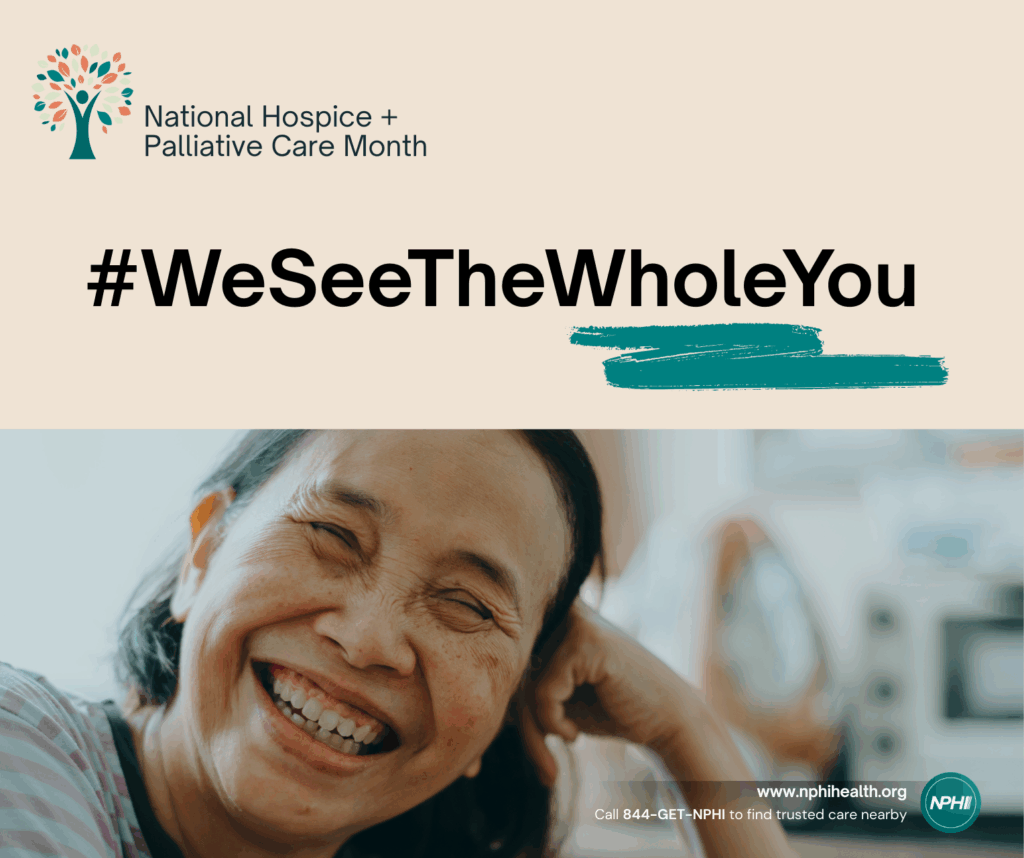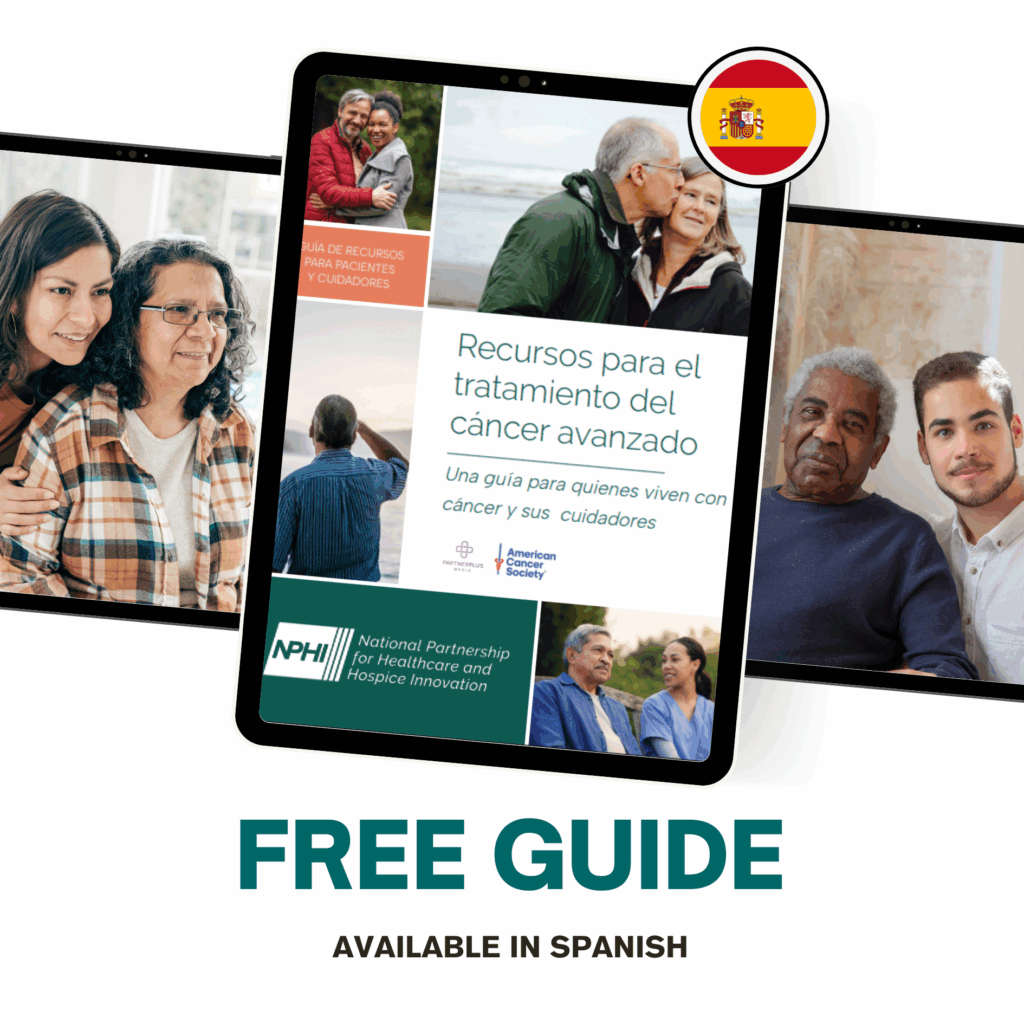CLEVELAND — It is 7:30 on a summer morning in a room overlooking the slate-gray, lapping waters of Lake Erie. Ten or so people, some just arriving at work, some finishing a night shift, sit silently on benches and in armchairs below stained-glass windows. A plump golden retriever named Linus, a therapy dog, wanders from one person to another, gratefully accepting their caresses.
Kevin Dieter, a hospice-care physician with graying mustache and goatee, gently suggests they get started. A nurse sitting opposite him begins reading names. In the pause after she pronounces each, Dieter strikes together two palm-size Buddhist meditation chimes, producing a tinkling that quickly evaporates. The names go on and on. Evonne and Molly and Andre and Jerry. Twelve in all.
Twelve patients who were alive in this hospice house three days ago when this ceremony was last held. Twelve who have died since, each in one of the bedrooms lining the quiet hallways, each having hoped for a death free of pain or distress and, for the lucky ones, bitterness or resentment.
roviding the possibility of that wished-for death is the professional mission of all in this room, of all the 935 employees and 3,000 volunteers who work for the 40-year-old nonprofit Hospice of the Western Reserve. Each day they serve 1,200 hospice patients, most of them in hospitals, nursing homes or their homes, and as many as 88 in one of three hospice houses in the Cleveland area, including this one off Lakeshore Boulevard.
By Medicare’s criteria, to receive hospice services, each of those patients is deemed to have six months or less to live. In most cases, they also must agree to forgo curative treatments.
All the employees will say they’ve gotten used to hearing The Questions — from family and friends, even from the loved ones of patients they care for. “We get asked that all the time,” said Tammy Wright, 43, a nurse’s assistant with hospice certification, now in her ninth year doing hospice work. “Why did you ever choose to work there? Why would anyone elect to spend their workdays so entwined with death and grief? And how can you possibly get up the next morning to do it all over again?”




